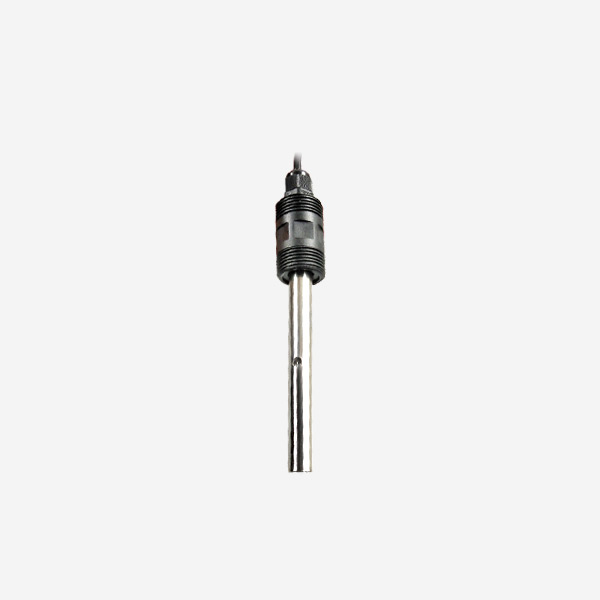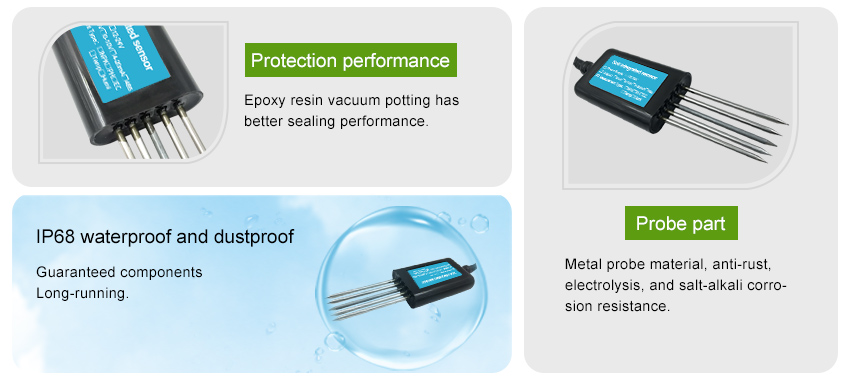Soil salinity sensor is an important sensor for measuring soil moisture. It can be used to measure the water content of the soil and its adjacent plants.

Soil salinity sensor is mainly composed of a sensor head, a data processing unit and a power supply unit. The sensor head is mainly composed of a pressure-sensitive film, a temperature-sensitive film and other elements. The data processing unit mainly consists of a microcontroller, which can calculate the water content of the soil based on the output signal of the sensor head. The power supply unit is to provide power to the sensor head.
The advantages of soil salinity sensors
- Accuracy: soil salinity sensors are highly accurate, and can provide an accurate reading within a few centimeters. This accuracy is crucial in agriculture, as it allows for precise planting and watering of crops.
- Portable: soil salinity sensors are small and lightweight, making them easy to carry and deploy. This makes them suitable for field operations, allowing farmers to work in the field without getting soaked.
- Multiple applications: soil salinity sensors can be used in multiple applications, including monitoring the soil salinity levels in fields, using them in hydroponics, and even for agriculture engineering applications such as crop protection.

- Simple to use: soil salinity sensors are easy to use, and do not require professional installation skills. This makes them suitable for novice farmers and rural communities.
- Non-polluting: soil salinity sensors are non-polluting, and do not produce any waste or pollution. This is a significant advantage over other monitoring methods, such as using chemical indicators.
- Timely response: soil salinity sensors can provide timely responses, as they can quickly detect changes in the soil salinity levels and provide an accurate reading. This allows for timely intervention and management of the problem.
- Wide range of temperatures: soil salinity sensors are designed to work at a wide range of temperatures, from sub-zero temperatures to over 100 degrees Celsius. This makes them suitable for various climates and soil conditions.